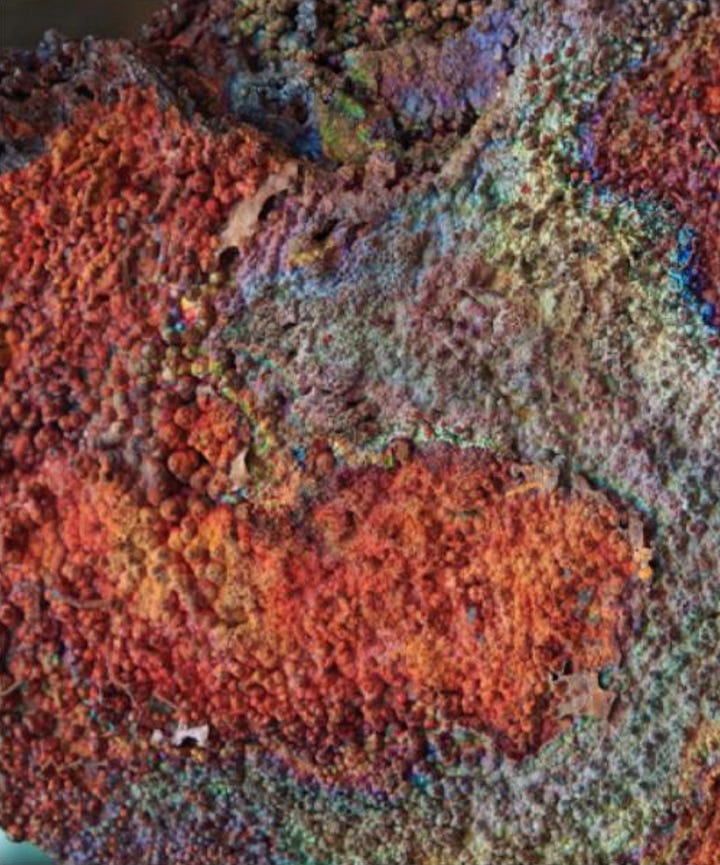The Mystery of Graves Mountain
A continental collision caused new minerals to form and existing minerals to change
By Tom Poland
Mining at Graves Mountain in Lincoln County, Georgia, ended long ago, but twice a year it emerges from secrecy as picks send metallic rings into the air and rockhounds seek jewels from Mother Earth.
Every April and October, the biannual Rock Swap and Dig, a free event, attracts rockhounds who chip away at boulders and deposits, bringing to mind prospectors out West. Graves Mountain’s original rocks were deposited about 300 million years ago, then continental collisions forced the region into Earth’s mantle and subjected it to heat and pressure.
This mystery of science caused new minerals to form and existing minerals to change by forcing them to metamorphose into the erosion-resistant schists and quartzite we recognize today as Graves Mountain.


Commercial mining of kyanite—a blue silicate mineral—exposed rutile, a lustrous yellow gem that is perhaps the mountain’s most coveted specimen. Folks also collect rutile, lazulite, iridescent hematite, pyrophyllite, pyrite, ilmenite, muscovite, fuchsite, barite, sulfur, blue quartz, and quartz crystals with a hematite coating.
This content originally appeared in our Spring 2024 issue.



